Industry information
Company News
- The secret of aluminum honeycomb panel: the technological power behind its lightweight design
- Aluminum honeycomb panel: the "hidden master" of the construction industry
- Aluminum veneer: the fashionable outerwear of modern architecture
- Aluminum ceiling: the new darling of creating fashionable spaces
- Aluminum veneer: an environmentally friendly and sustainable building choice
Industry dynamics
- Beautiful and elegant waterproof and anti-corrosion wall fluorocarbon aluminum veneer has been unanimously recognized by designers
- Aluminum veneer: a fashionable choice in modern architecture
- How long can fluorocarbon aluminum veneer be used for?
- Electrophoretic process of 2.5mm aluminum veneer
- Honeycomb aluminum plate: the great wisdom behind its lightweight design
Frequently asked questions
- Can aluminum veneer be used in the design of building arch bridges?
- How does the service life of aluminum veneer compare to other exterior wall materials?
- Can the insulation function of aluminum veneer solve the structural problems of buildings?
- Has the production process of aluminum veneer reduced energy consumption?
- What is the manufacturing process of aluminum veneer?
contact us
Mobile:+86 15627778610
Email: 2201229786
Address: No. 5 Binjiang Road, High tech Zone, Zhaoqing City, Guangdong Province
Can aluminum veneer replace traditional building materials?
- Author: Lesilong Technology (Guangdong) Co., Ltd
- Release time: March 2, 2025 21:08:09
- Click:0
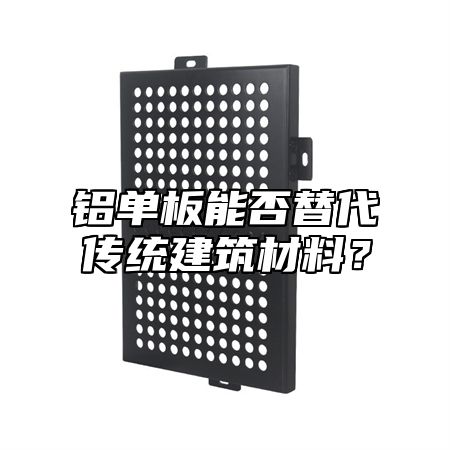
Aluminum veneerAs a new type of building material, its application in the field of construction is becoming increasingly widespread. However, some people question whether aluminum veneer can replace traditional building materials. Let's explore this issue in detail below.
Aluminum veneer has many advantages, such as lightweight, high strength, corrosion resistance, and easy processing. These advantages enable aluminum veneer to replace traditional building materials in certain specific situations, such as roofs, walls, etc. For example, in some high-rise buildings, traditional concrete or brick materials are difficult to meet the requirements due to factors such as the weight of the building and wind pressure. Aluminum veneer can reduce the weight of the building through its lightweight characteristics, thereby improving the safety of the building.
Aluminum veneer also has good plasticity and decorative properties. This allows aluminum veneer to be used not only for traditional purposes such as building exterior walls and roofs, but also for interior decoration, advertising billboards, and other fields. For example, in some commercial places, aluminum veneers can be used as billboards to attract more consumers. Aluminum veneer can also be customized for production according to different design requirements to meet customer needs.
Aluminum veneer also has some drawbacks, such as high price and susceptibility to oxidation. These drawbacks make aluminum veneer unable to completely replace traditional building materials in certain situations. For example, in some low rise buildings, traditional concrete or brick materials are still the best choice due to factors such as the weight and service life of the building. Due to the easy oxidation of aluminum veneer, regular maintenance and upkeep are necessary, otherwise it will affect its service life and appearance.
Aluminum veneer, as a new type of building material, has many advantages and characteristics, and can replace traditional building materials in certain specific situations. However, due to its high price and susceptibility to oxidation, aluminum veneer cannot completely replace traditional building materials. In practical applications, we should make choices and judgments based on specific situations, comprehensively consider various factors, in order to achieve the best results.

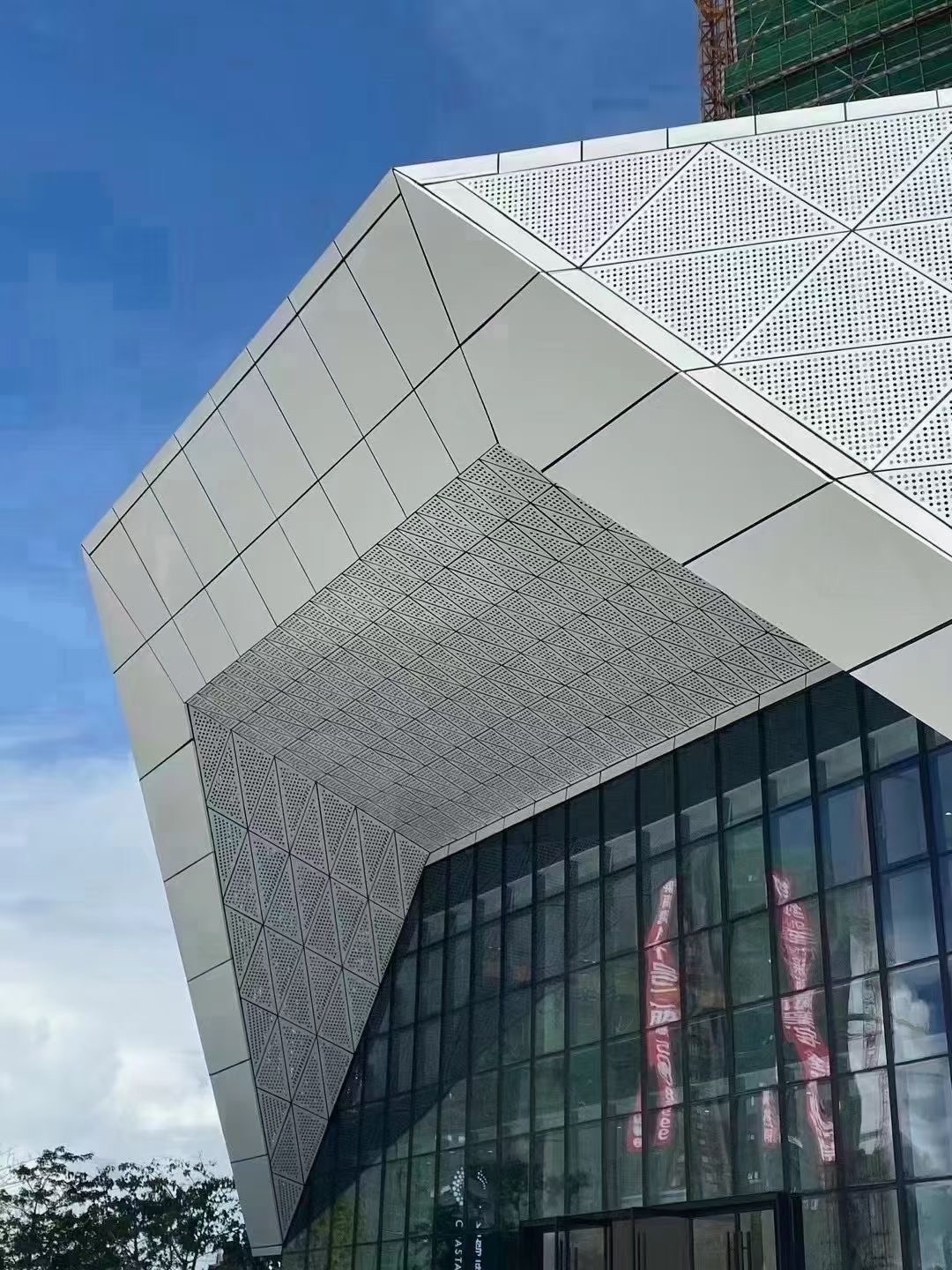
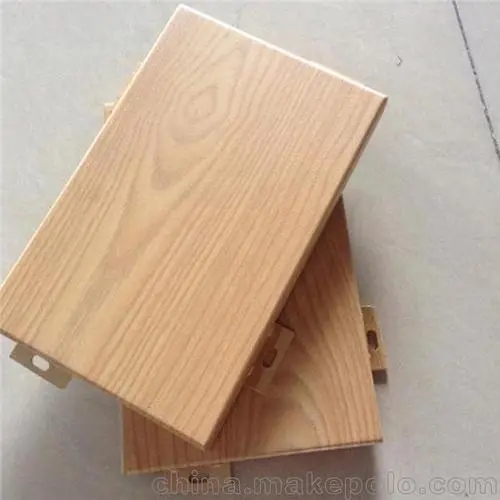
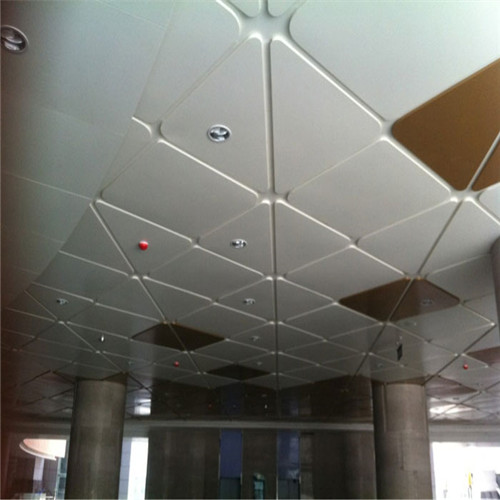
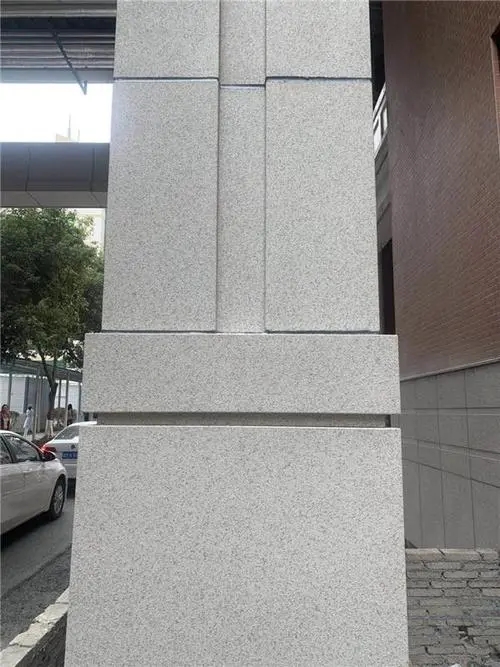
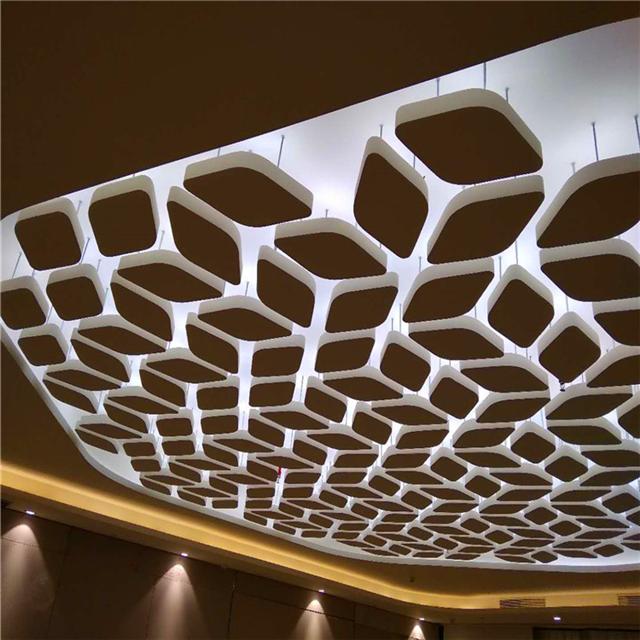
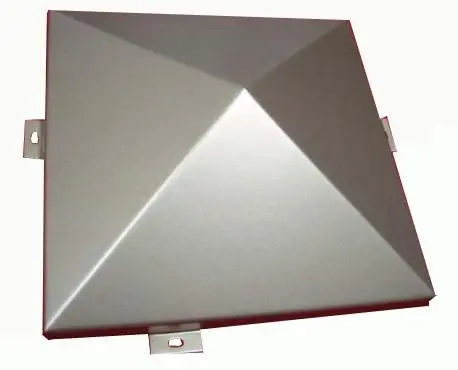
 Customer service QQ
Customer service QQ